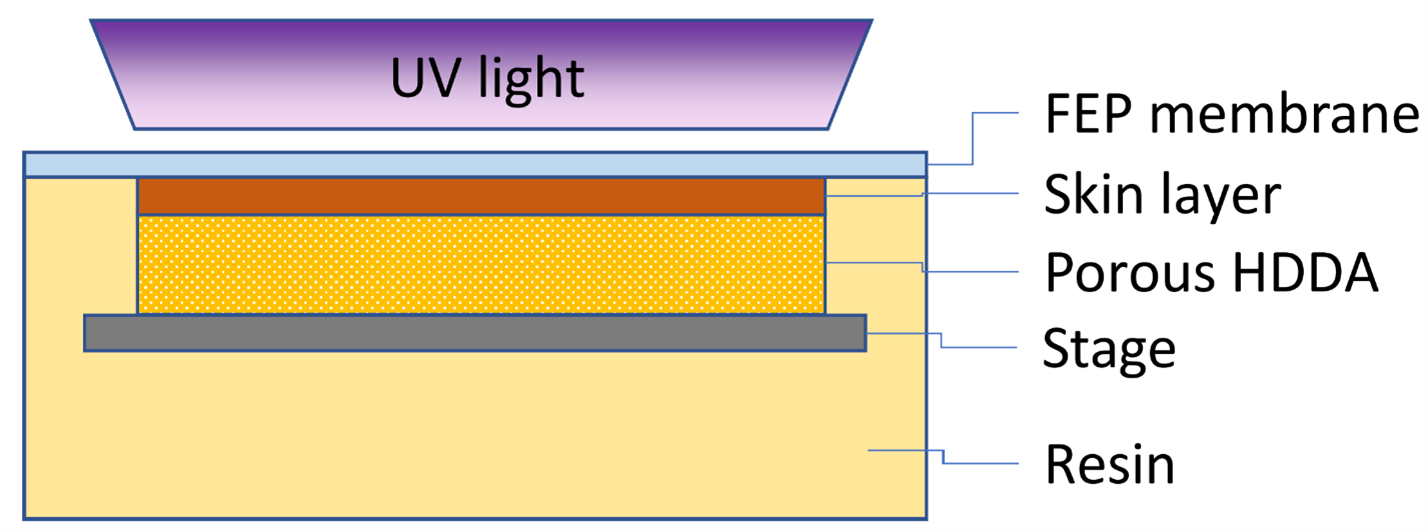Secondary Li-ion batteries are rechargeable electrochemical energy storage devices typically used in high-powered applications, including portable electronics, vehicles, and grid energy storage. These batteries consist of a porous separator sandwiched between a positive and negative electrode and wetted with electrolyte that is ionically conductive but electrically insulating. The separator ideally allows just the Li ions to shuttle back and forth during cycling. Currently, conventional separators may not be as selective and allow other ions such as polysulfide anions to shuttle through the pores, which degrades battery (Li-sulfur) performance. Additionally, for high-powered applications, batteries are afflicted with Li dendrite growth – branch-like metal projections that form on one of the electrodes, which can penetrate through the separator and electrically connect the two electrodes. This bridging causes the short-circuiting of the battery.
For high performance applications, there is a need to develop a separator with a porous structure that can allow for fast Li ion transport without other ions to pass through and can prevent Li dendrites from piercing through.
LLNL’s novel approach is to use separators based on a bilayer structure that consists of a self-formed skin layer on a microporous membrane. The highly porous membrane is made of 1,6-hexanediol diacrylate (HDDA), which provides high Li ion conductivity. The skin layer is relatively dense that allows for easy Li-ion transport but can effectively block undesired constituents such as polysulfide anions and Li metal dendrites from passing through the layer.
This bilayer structure is fabricated on a stage from resin that is exposed to UV light through a transparent membrane such as fluorinated ethylene propylene (FEP). The resin is composed of one or more of the following: UV curable acrylate monomers, solvents, and porogens. The formed separators can then be used with conventional liquid electrolytes, replacing conventional separators for lithium-ion batteries.
- Value Proposition: Improved performance of Li-ion batteries for high-power applications
- High Li-ion conductivity
- Low Li dendrite penetration
- Low polysulfide anion transport
- Li-ion Batteries
- Li-sulfur Batteries
- Carbon dioxide separation
- Hemodialysis
- Fuel Cells
Current stage of technology development: TRL 3 (Analytical and experimental critical function and/or characteristic proof of concept)
LLNL has filed for patent protection on this invention.


